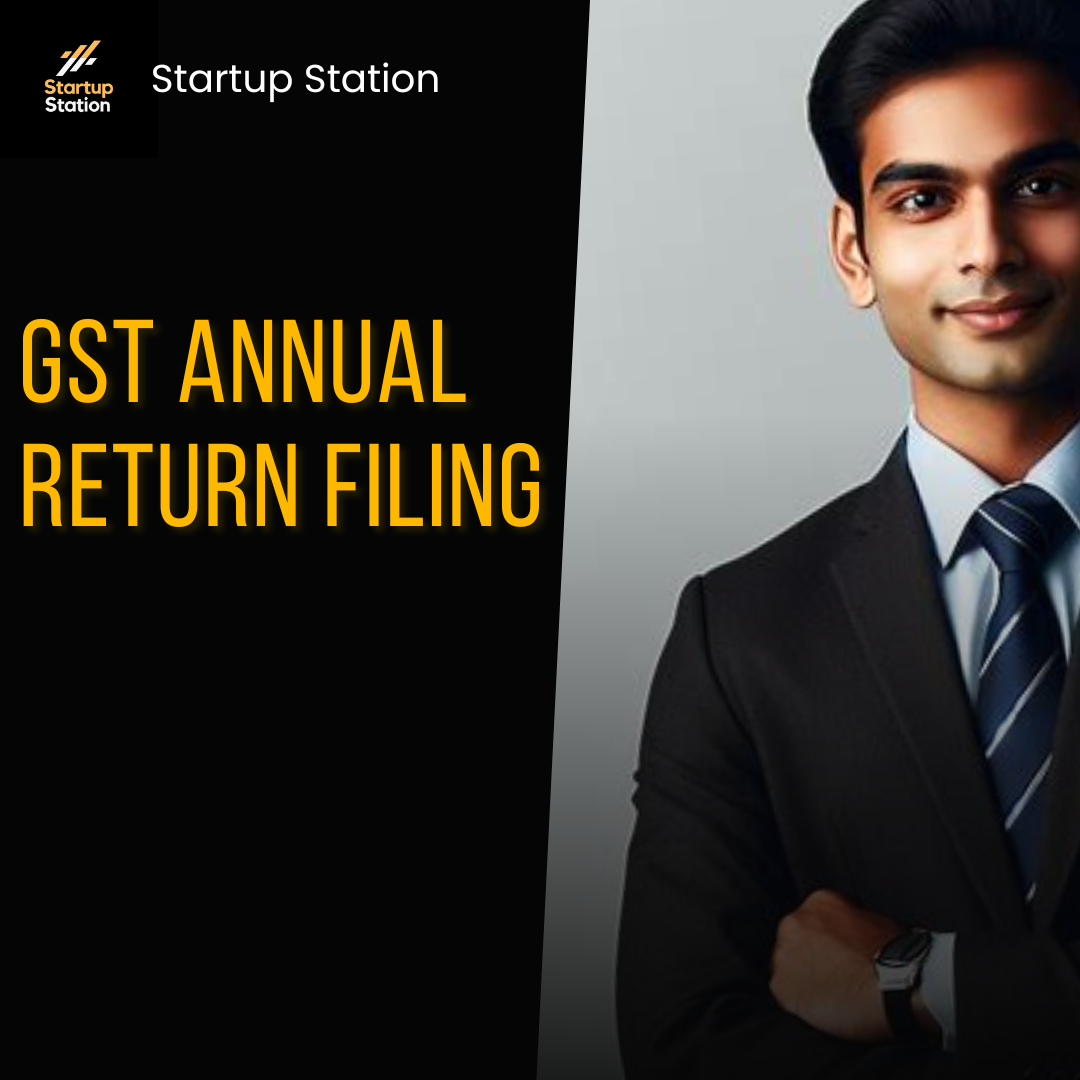GSTR-9 is an essential annual filing obligation for all taxpayers registered under the Goods and Services Tax (GST) system. GSTR-9 encapsulates comprehensive information concerning outward and inward supplies, encompassing transactions made or received during the relevant financial year. This includes supplies governed by Central GST (CGST), State GST (SGST), and Integrated GST (IGST) regulations. The return is a consolidated record of all monthly or quarterly returns submitted within the corresponding year.
Form GSTR-9
GSTR-9 is a yearly report that registered taxpayers need to submit. This report contains everything they bought and sold throughout the year, including different taxes (like CGST, SGST, and IGST). It also covers their total sales and purchases and audit details for the year. In short, GSTR-9 summarizes a whole year’s business transactions and tax details.
GST Annual Return Filing – Applicability
The requirement to file Form GSTR-9 extends to various categories of taxpayers based on their registration status and activities during the financial year. The following entities are obligated to submit this annual return:
Exclusions from Form GSTR-9 Filing
Composition Taxpayers: Taxpayers operating under the composition scheme have a distinct annual return form, i.e., Form GSTR-9A, designed to cater to their specific requirements. As such, they are not required to file Form GSTR-9.
Types of GST Annual Returns
GSTR-9 Entities exceeding a turnover of 2 crores are mandated to file the GST annual return using form GSTR-9. This return compiles comprehensive financial information.
GSTR-9A
Registered taxpayers who opted for the GST Composition scheme must submit GSTR-9A. This tailored return addresses the specific needs of composition scheme participants.
GSTR-9C
Form GSTR-9C reconciles the taxpayer’s annual returns in GSTR-9 with the figures found in their audited financial statements for the given financial year. This reconciliation statement is essential for entities requiring an annual account audit.
GST Audit Requirement GSTR-9C applies to taxpayers with an annual aggregate turnover exceeding two crores, necessitating an annual audit of their accounts. The preparation and certification of GSTR-9C are entrusted to Chartered Accountants or Cost Accountants.
Filing GSTR-9A: Composition Scheme Participants
Applicability of GSTR-9A
GST-registered taxpayers who have chosen to operate under the composition scheme as per the GST Act are obligated to file GSTR-9A. This return encompasses all the taxpayer previously submitted information in their quarterly returns throughout the specific fiscal year.
Eligibility Criteria Every taxpayer registered under the composition levy scheme in GST must fulfill the GSTR-9A filing requirement. However, the subsequent individuals are exempt from filing GSTR-9A:
Filing GSTR-9C: Reconciliation Statement
Role and Requirement of GSTR-9C Form GSTR-9C serves the purpose of filing the reconciliation statement by taxpayers for a specific financial year. This form constitutes a reconciliation between the Annual Returns submitted in GSTR-9 and the figures outlined in the taxpayer’s Audited Financial Statements. The submission of this Chartered Accountant-certified form aligns with the filing of both the Annual Returns in GSTR-9 and the Audited Financial Statements. Taxpayers can fulfill this obligation through the GST portal or a designated Facilitation Centre.
Eligibility Criteria
GSTR-9C applies to taxpayers who are mandated to undergo an annual GST audit of their accounts. The form must be meticulously prepared and certified by a qualified Chartered or Cost Accountant.
Due date for filing Form GSTR-9
The due date for filing Form GSTR-9 for a particular financial year is 31st December of the subsequent financial year or as extended by the Government through notification from time to time.
Penalties for Late Filing of GSTR-9 Form
Every taxpayer needs to submit the GSTR-9 form within the given time frame. If this deadline is missed, there’s a significant penalty to be aware of. The fine amounts to 200 INR per day. This late fee is divided into 100 INR for CGST and 100 INR for SGST, with no late fee applicable for IGST. Significantly, the penalty amount will not exceed the taxpayer’s quarterly turnover.
It’s crucial to meet the filing deadline to avoid these penalties and ensure smooth compliance with tax regulations. Call us now!
Comprehensive Structure of GSTR-9
GSTR-9 Format Explained
The GSTR-9 format is divided into six parts, each capturing vital details of supplies made or received from July ’17 to March ’18. The key aspect to remember is that the information required in all six parts is consolidated.
Part-1: Basic Registration Details
Here, you’ll provide basic registration information. This includes the fiscal year, GSTIN, legal name, and trade name. These details will be automatically filled out when GSTR-9 is available on the GST portal.
Part 2: Details of Outward Supplies
In this part, you’ll consolidate details of outward supplies declared in your returns for the financial year. It’s further split into two sections:
Part 3: Input Tax Credit (ITC)
This part has three sections:
Part-4: Tax Paid
Here, you’ll capture the tax paid as declared in the previous year’s returns. Breakup of tax payable, paid in cash, and paid through ITC is required.
Part-5: Transactions of Previous Financial Year
This part covers transactions from the previous financial year but is declared in the returns of April to September of the current financial year.
Part-6: Miscellaneous Details
In this part, you’ll provide details about demands, refunds, supplies from composition dealers, an HSN-wise summary of supplies, and late fee information.
Understanding and correctly filling these parts is crucial for accurate GSTR-9 filing. If this seems overwhelming, don’t worry! At IndiaFilings, we’re here to simplify the process and guide you step by step. With our support, you can confidently navigate the GSTR-9 form and ensure accurate compliance with GST regulations.
Prerequisite Actions for GSTR-9 Filing
Before proceeding with the submission of GSTR-9, taxpayers must ensure the completion of other GST-related filings. This involves the timely submission of GSTR-1, GSTR-3B, or GSTR-4 returns, depending on the taxpayer’s classification. It is crucial to address any outstanding dues, as failure to do so can hinder the ability of the GSTR registration holder to file their annual GST return.
Documents Required For GST Annual Return Filing (GSTR-9)
- GSTIN(Goods and Service ID Number)
- Invoices of the Business
